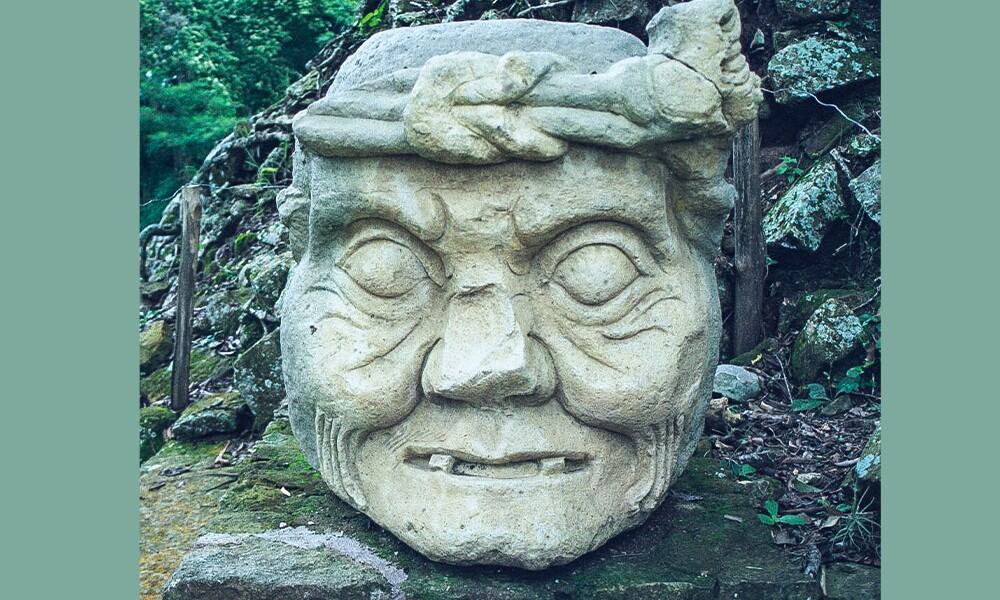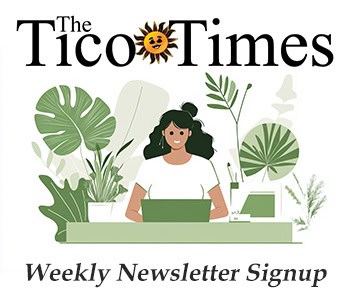As our United Airlines flight was descending into San Pedro Sula airport, the large square fields outside La Lima and the serpentine Ulua river brought back memories of so many landings and time here in Honduras. I was feeling good and looking forward to three nights stay at the Hliton Indura Resort in Tela, and fishing early the next morning near Punta Sal.
Honduras is a country I am fascinated by. It’s where I really learned Spanish (after college and in the Peace Corps back in the 80’s). It’s rich Pre-Colombian history, the Mayan empire, Christopher Colombus landing at Trujillo in 1502 on his fourth voyage to the Americas and his first landing on the Central American mainland, subsequent Spanish conquest, pirates, the Bay Islands, William Walker’s forays and eventual military execution on Trujillo Beach, and the infamous United Fruit Company and plantation agriculture established in the early twentieth century and continuing to this day are among the historical threads that awe me.
Tela, a two-hour drive from the San Pedro International airport, is a dusty and bustling town with incredible heat on the north coast, and is my preferred destination because of its beautiful beaches, friendly people, excellent fishing and a much shorter drive compared to La Ceiba and Trujillo. Tela was my former favorite get-away spot as a Peace Corps Volunteer in the 80’s, and still fun to visit. The azure ocean, strong yet predictable waves, and the wide open, seemingly never-ending beach going both ways is a memory burned into my brain.
Visiting Tela

Over the years, I have visited often and the place seems almost timeless. The major differences I see today are the fast-food restaurants and of course cell phones and internet, quite a bit more plastic trash, and a severe decline in ocean reefs. Other than that, the town remains very similar to the way I came to know it forty years ago. There is always talk of rebuilding Tela pier and the cruise ships it would bring. I want the best for Tela but in a selfish way I hope the cruise ship visits never materialize.
Being in Tela, I had to visit the Dr. Wilson Popenoe Botanical Garden, or “Lancetilla” as it’s known locally, despite having visited countless times over four decades. Popenoe, part of a north American family who loom large in tropical horticulture and agriculture, was tasked by United Fruit Company to establish and manage the Lancetilla Agricultural Experiment Station in Tela in 1925. (Read Wilson Popenoe. Agricultural Explorer, Educator, and Friend of Latin America 1991 by Frederic Rosengarten, Jr.).
Mangosteen, rubber trees, African palm, cacao, banana, pineapple, citrus, avocado, bamboo, chicle, edible nuts, sugarcane, tropical hardwoods and hundreds more species were grown there, and many of the agricultural species were dramatically improved through selection and plant breeding. This may have been the peak of tropical agricultural innovation, or at least the rapidity of it. Wilson Popenoe and the horticulturalists and naturalists of the period have been awe-inspiring to me ever since I first read about them in college. Life is not without tragedy and Popenoe’s first wife, Dorothy, died at 33 years old after eating a raw akee fruit, and is buried at the cemetery in the park.
Popenoe’e house still stands in an eery loneliness in the back corner of the park, which along with its gardens are neglected memories of a distant past. It seems like philanthropy is scarce these days, especially for botanical gardens, and so I point no fingers, but rather just reflect on how good this place could be, and that the memory of a pivotal time and place in the Americas deserves more recognition and prominence. Even as it is now, the park is a pleasant way to spend a few hours under the shade of immense trees such as the Ceiba tree, whose gargantuan, twisted branches, themselves the size of tree trunks, arch across the blue sky.
After arriving at Hilton Indura Resort late in the afternoon, I texted my confirmation for the fishing adventure the next morning, checked in, and walked around the property for the first time. The hotel property at Indura is incredible with amazing landscaping and gardens, a clean, well maintained beachfront east of Jeanette Kawas National Park, casual restaurants with superb fare and a preeminent Honduras flavor. The unpretentious yet elegant, tropical architecture of the rooms, a terrific staff with impeccable attitudes, and the uncrowded, unhurried environment puts this hotel on my favorites list.
Down at the Tela pier at daybreak, I waited for Enrique from Arrecife Tours (arrecifetours.com) to pick me up in his roofed, sturdy “panga” with an extra outboard motor in case ever needed. The pier was closed for repairs/inspection so I waited down at the waterfront and soon enough Enrique appeared with that indelible smile, his assistant, two ocean rods, live bait, life jackets, and a cooler full of water and fruit. I came prepared with my own telescopic rod and reel and my own preferred lures. I had fished with Enrique three times in the last year and so I was feeling experienced and confident on this sunny morning.
The trip to the reef near Punta Sal was less than 30 minutes and soon we had three trolling lines in the water. I was using a 5-inch long, multijointed and brightly colored Truscend lure on 30-lb braided line. Within thirty minutes I had my first strike and reeled in a nice 3-foot barracuda. We moved onto the rocks off Punta Sal and circled, trolling for the next two hours where I caught two more, a kingfish, and mackeral. I was happy, and ready to head back to the hotel for an afternoon web meeting.
The Road to Copan Ruinas

After three days in Tela, I was ready to try the drive to Copan Ruinas, about a 6 hour drive. I wanted to see how the Pan American highway was faring, which was newly constructed along the major part of the San Pedro to Copan route. After passing the bustling town and slow stoplights of El Progreso, it was mostly a clear shot to the Copan highway along the Circunvalación-El Estadio route. Google Maps works really well in Honduras.
I was happily impressed to learn that the new highway construction was made with concrete. This should last decades, as the similar construction between El Progreso and San Pedro over thirty years ago has proven. There is only one section, less than a half mile, that needs to be completed, near Quimistan, and that looks like just weeks away from completion. The rest of the highway to La Entrada and Copan Ruinas was in an excellent state, free of potholes, and the miles can be made at a good clip. Only a washed-out section (being repaired) a few miles from the ruins marred the otherwise good highway.
Copan Ruins remains the quaint, small, quiet, and friendly place that is has always been, just a few miles from the Guatemalan border. You can walk around the entire town in less than an hour, with its central plaza, small yet modern Mayan museum, cozy restaurants, coffee places, and small clothing stores and mini-markets. I started my mornings at Café Welchez for that first cup of coffee and a “baleada sencilla”. For dinner, Hacienda San Lucas (www.haciendasanlucas.com) has a nice overlook for sunset and provides a superb intake of Honduran tradition and ranch style, built over a century ago by a pioneering Honduran archeaologist.
The Mayan ruins are always inspiring and you may be one of only a few dozen visitors most days. The two nights at Hotel Terramaya on top of the town’s principal hill, just a short walk up from the Plaza central, were magnificently restful and relaxing. I welcomed the opportunity to chat with the proprietor about the state of tourism in Copan now. As with everybody in the industry, the pandemic created a precipitous downfall and it is taking a while to recover.
World and local news often only focuses on the problems in Honduras, but I see and feel a more optimistic and friendly country. I spent over seven years of my adult life living in Honduras and have made countless trips back to my favorite places like Tela, Trujillo, Roatan, Santa Rosa, and Gracias. I have driven through most of the country except the Mosquitia. I have always found Honduras to be friendly, welcoming, and upbeat. A simple Buenos dias or Buenas tardes goes so far here. And I will keep coming back.







